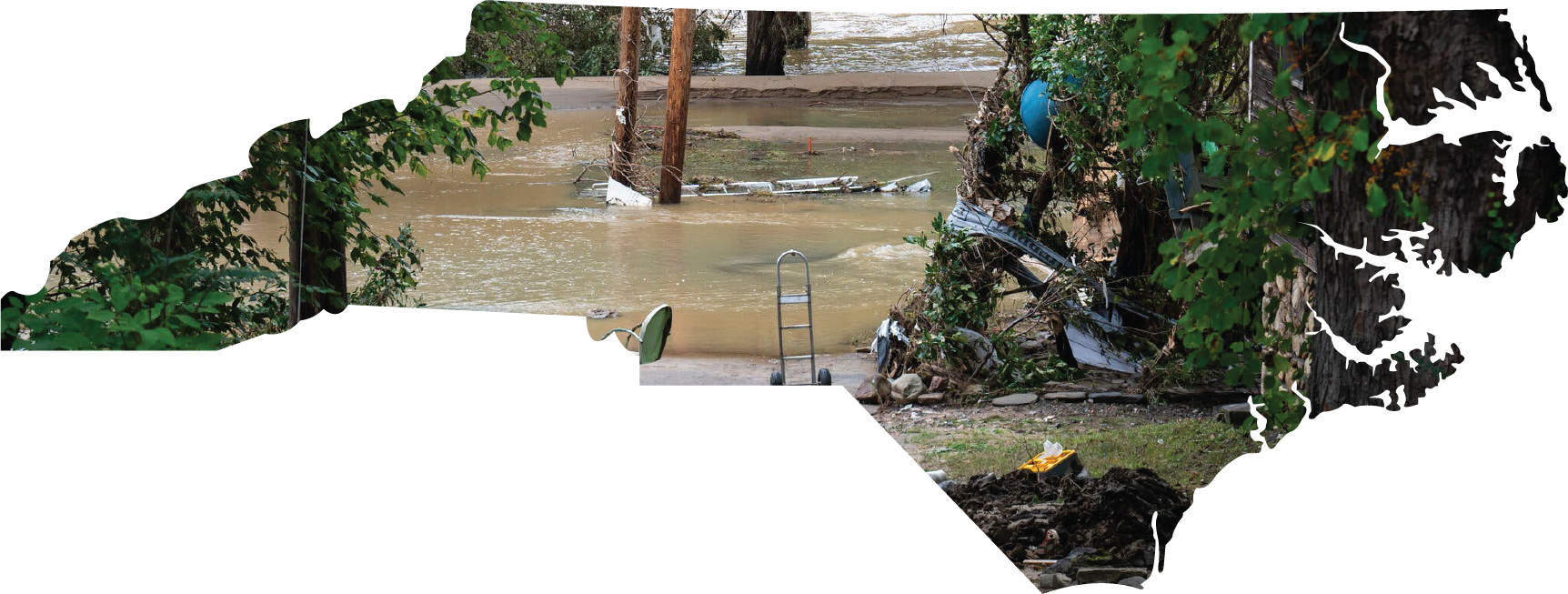Albany High School Graphic Design
Student Showcase 2007-2022
- A Problem To Solve
- Blend Tool Poster
- Book Covers
- Editorial Clipping Mask
- Editorial Graphic
- Flatten The Curve
- Focal Points
- InDesign Spread
- Pen Tablet Sketch
- Perf Film Windows — C106
- Photoshop Brush Face
- Product Flyer
- Product+Company Mashup
- Signs & Symbols
- Something is Back!
- Spec Ad—Poster
- T-shirts & Apparel
- Text-heavy Billboard
- The Perfect Color
- Thinking With Type
- Typeface Postcard
- Volleyball Poster
- Zachary’s Poster
- Things My Friends Say
- Journalism/Security Free Choice Assignment
- AHS Front Photoshop
- A Problem To Solve
- Blend Tool Poster
- Book Covers
- Brandmark Practice
- Editorial Clipping Mask
- Editorial Graphic
- Flatten The Curve
- Focal Points
- InDesign Spread
- Pen Tablet Sketch
- Perf Film Windows — C106
- Photoshop Brush Face
- Product Flyer
- Product+Company Mashup
- Signs & Symbols
- Something is Back!
- Spec Ad—Poster
- T-shirts & Apparel
- Text-heavy Billboard
- The Perfect Color
- Thinking With Type
- Typeface Postcard
- Zachary’s Poster
- Things My Friends Say
- Journalism/Security Free Choice Assignment

Charlie Winter
PROFILE/DESCRIPTIONWhen the North Carolina Mountains Become Hurricane Alley
Most of the deaths from Hurricane Helene occurred far from Florida, where the storm first made landfall. Experts say alerts and evacuation orders need to target inland residents too.
When the warnings first arrived, days before the remnants of Hurricane Helene, Kimberly Moody took note of what was said — and what wasn’t. The storm was going to be bad, that much was clear. But no one said she needed to start packing.
In the wake of the devastation that leveled swaths of her town of Black Mountain, N.C., and that killed a friend when he was swept into the Swannanoa River, Ms. Moody is hesitant to point fingers. But she can’t help but wonder if evacuation orders might have helped save lives.
“The alert said, Stay in the house. Stay away from the window. But no one said to leave,” Ms. Moody, a 53-year-old UPS worker, said. “Next time they should ask us to leave. This storm was notorious. It was mean. It was raging.”
Across the inland region where Helene leveled towns and turned deadly, residents and public officials faced a reckoning this week. Most people said they could not have imagined such severe impacts from a storm that made landfall hundreds of miles away on the Florida coast, and few saw widespread evacuations as likely or risk-free fixes for future extreme weather emergencies.